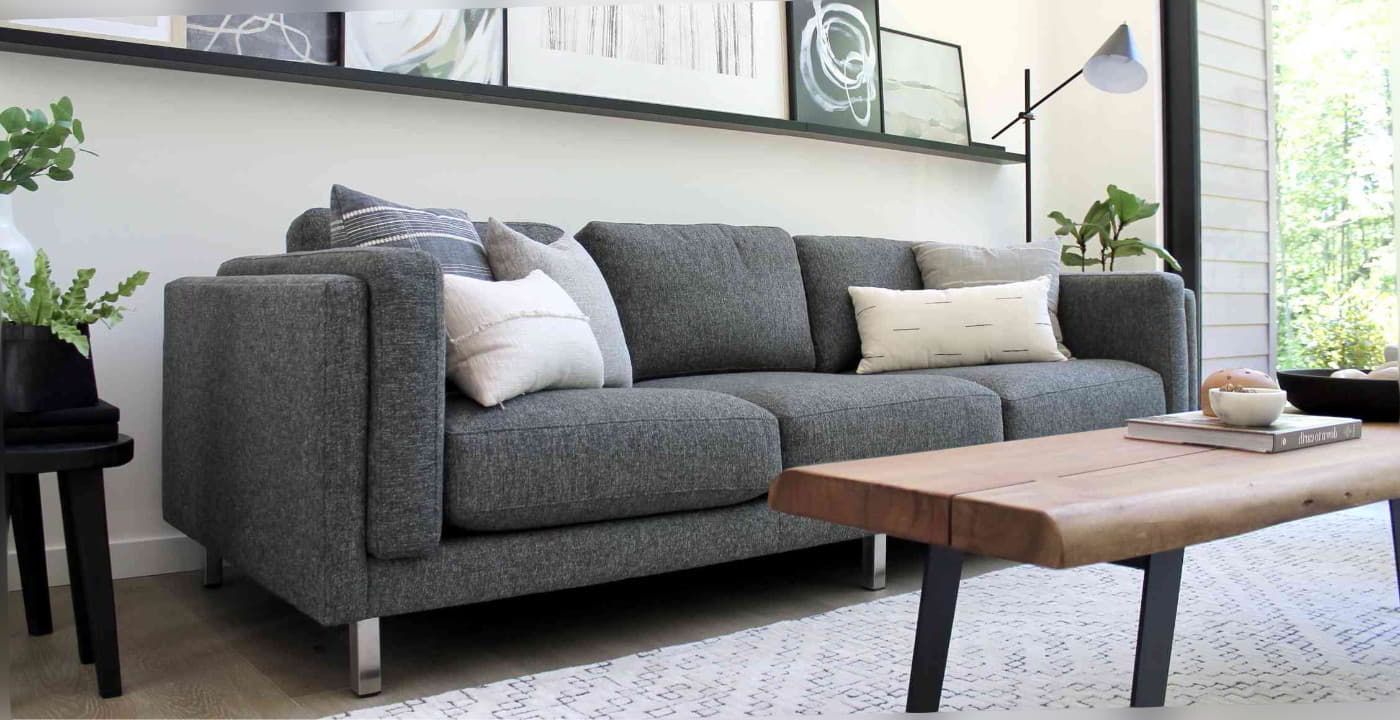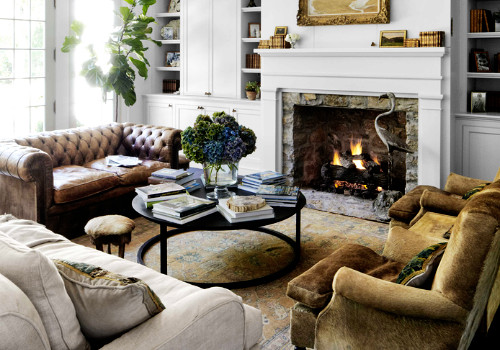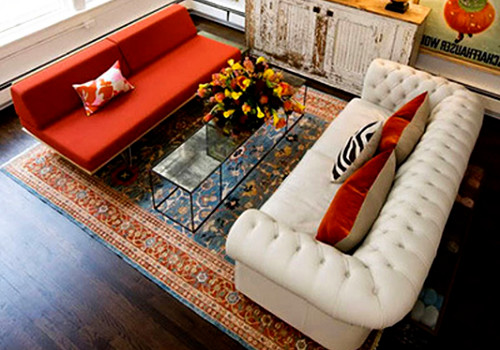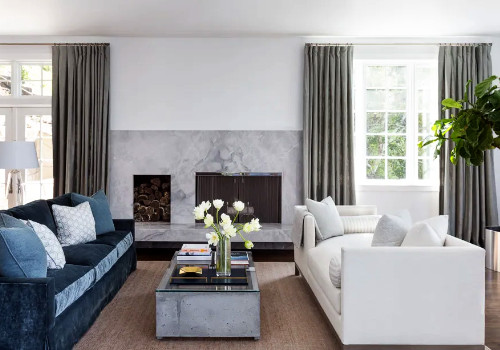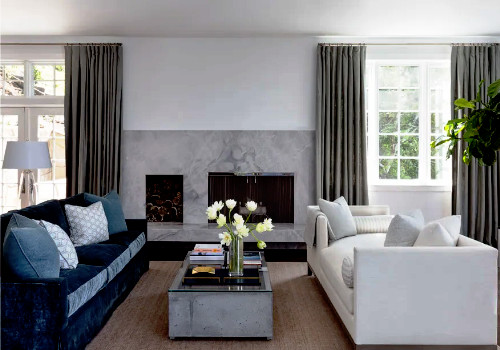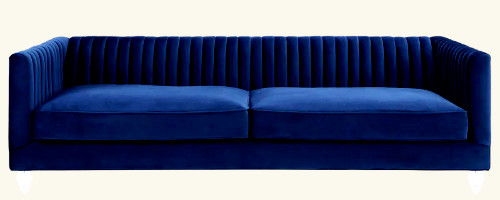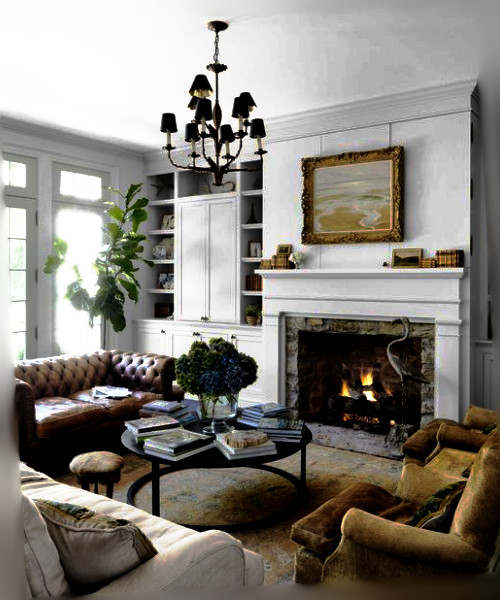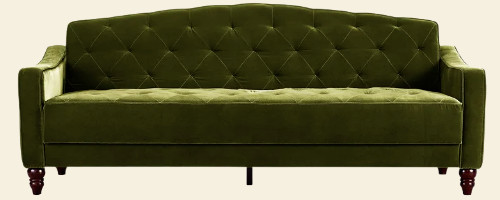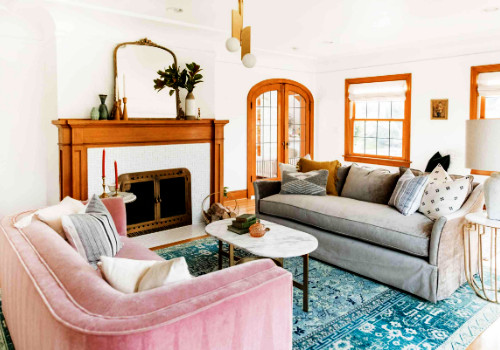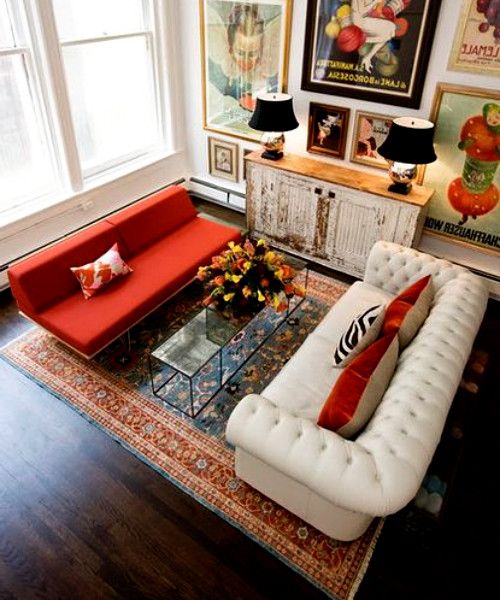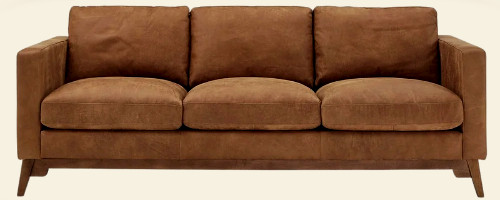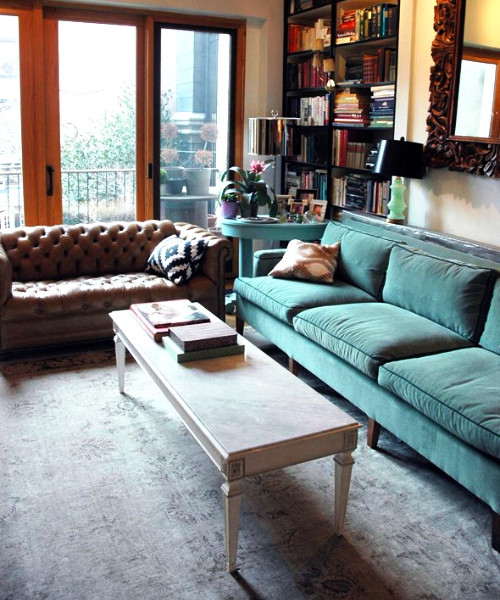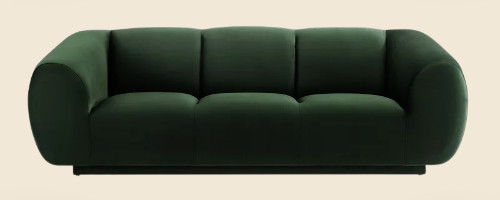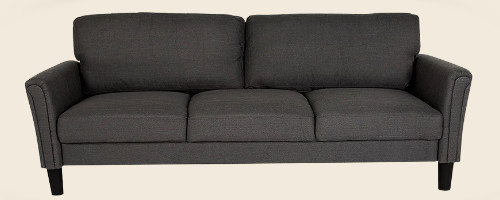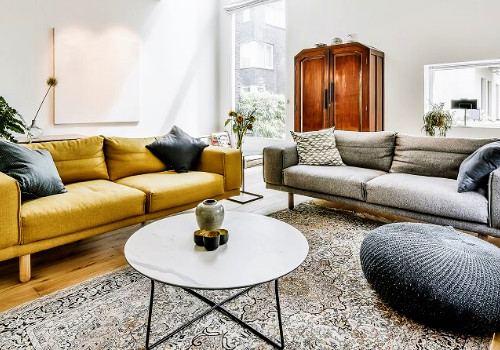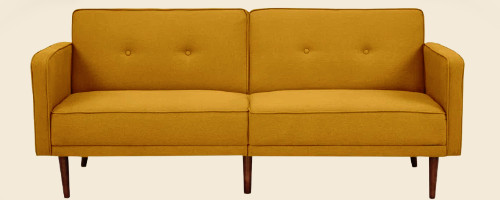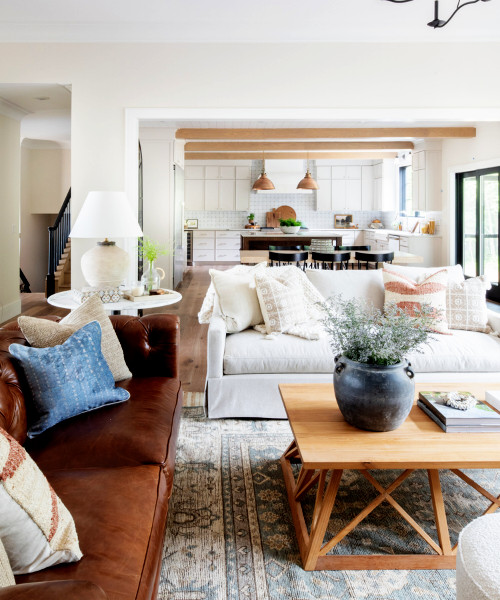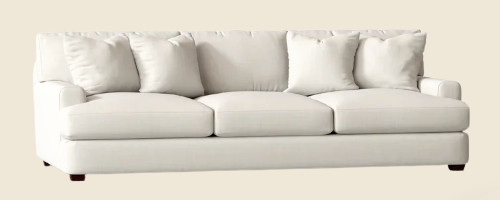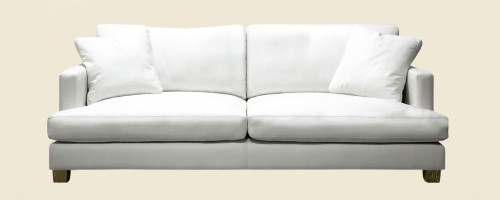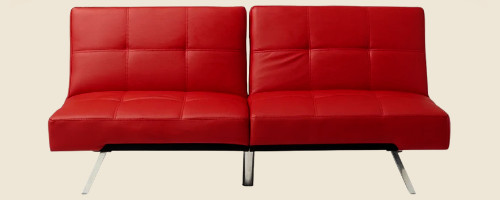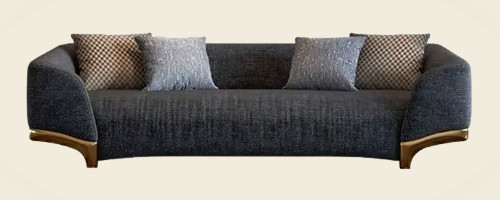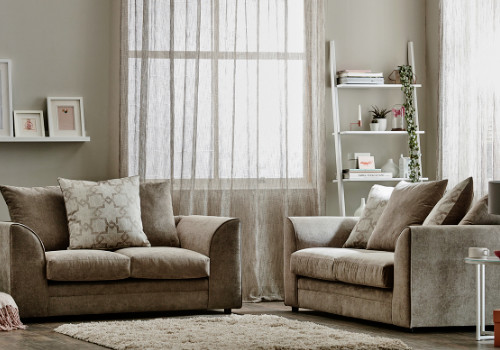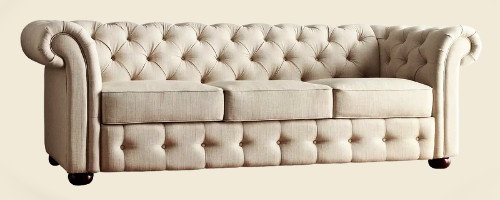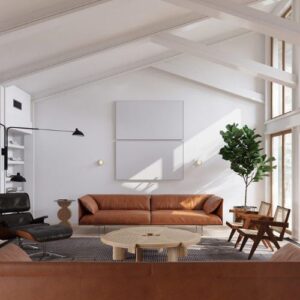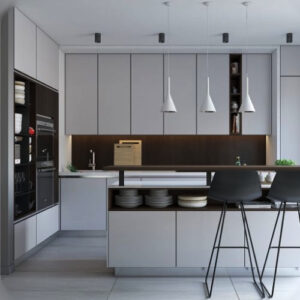When it comes to decorating your living room, one key decision you will need to make is whether to choose matching or different color sofas, and it can be hard to pick couch colors that suit both your personal preference and the aesthetic of the room.
Matching couches create a cohesive and harmonious look, while different color sofas can add interest and character to a room. To help you make the right choice, we’ve put together this easy-to-read guide which gives you plenty of inspiration, including what sofa colors go together, as well as which pairings to avoid!
Our 3 Favourite Couch Colors:
We’ve selected 50 great coffee tables all with storage options for you but first check out our top 3 favourite designs that offer value, great functional designs or real wow factor!
Is it OK to Have Different Color Sofas?
The choice between matching or mismatched different colored sofas in a living room is one of both personal preference and the desired aesthetic of the room. Whilst matching sofas can create a more balanced space, especially in larger or open plan rooms, different sofas add a touch of personality that can feel more stylish and on-trend.
Ultimately, there are no real rules on couches for your living space, so if you’re wondering if both couches should match, the answer is no, not necessarily. Mixed sofas in your living room definitely work but it’s important to be mindful of your color choices to keep the space balanced and harmonious.
Different Sofa Color Ideas
1. Navy Blue and White
A classic pairing, this is an elegant color scheme that offers timeless versatility. Navy adds a depth to bright white shades that leaves a balanced space. If you want something more on-trend for 2023, switch out the navy for a teal couch.
Pros
- Balanced look
- Decorating around a navy blue sofa is easy
Cons
- Dark navy blue sofas can overwhelm small spaces
2. Olive Green, Tan, and Beige
Add warm, earthy tones with a tan, beige and olive-green couch in the living room. Ideal for a more rustic living space, the green is a more modern shade that goes with beige and other neutral sofa colors. Create visual contrast by using different fabrics for each sofa as shown in this image.
Shop the Look:
Pros
- Earthy tones
- Can use chairs to introduce third color
Cons
- Can be too dark
3. Dusty Rose and Gray
Create a soft, feminine space with delicate grays and dusky pink. An unusual color pairing is perfectly romantic and well-suited to shabby chic, vintage-style homes.
Pros
- Romantic
- Delicate
Cons
- Contemporary gray couches won’t work well with vintage style
4. Rusty Orange and Cream
If you’re looking for a colorful couch that adds a touch of warmth to the room, try a rusty orange sofa and pair it with a soft cream-colored couch for a visually-exciting contrast. This is a playful and eclectic mismatched cream sofa living room idea that adds energy to the space whilst still feeling cosy and inviting, too.
Shop the Look:
Pros
- Energetic
- Unique
Cons
- Bold orange can be hard to accessorise
5. Tan and Beige
Add a touch of warm tranquillity to your living space with tan and beige couches. Both are timeless sofa colors that can easily work in both traditional and contemporary homes. A mix and match of leather and fabric sofas adds texture, depth and visual interest to further enhance the inviting nature of the room.
Pros
- Versatile colors that are easy to accessorise
- Neutral color palette
Cons
- Same material for both sofas can lack depth
6. Forest Green and Brown
These rich, earthy tones offer sophistication to a living room. Forest green is a timeless color that’s particularly popular in 2023 thanks to a resurgence in earthy, organic shades. These two shades are perfect for those keen to jump on this year’s home décor trends!
Shop the Look:
Pros
- On-trend colors
- Inviting
Cons
- Dark-colored couches can create a dark, heavy ambience
7. Blue and Yellow
A pastel blue sofa with a zesty yellow one will leave a well-balanced mix that feels both relaxed and energised. The yellow adds a cheery warmth to the room whilst the blue shades will also help the space to feel relaxed. Consider the addition of coral-colored chairs (as shown) to really complete the look.
Pros
- Balance of calm and energetic
- Good for coastal-style homes
Cons
- These multi-colored couches wouldn’t suit contemporary or minimalistic spaces
8. Light and Dark Gray
If you want to avoid two totally different color couches, use a more subtle contrast with this tonal look of dark and light gray sofas. Perfect for both modern and more traditional homes, this is an easy way to recreate the mismatched sofa trend. For more visual contrast, try using different fabrics or patterns that will add texture and dimension.
Pros
- Tonal look
- Versatile
Cons
- Bland color scheme
9. Yellow and Gray
For a bold, modern style pair a gray couch with a mustard yellow sofa. The neutral tone of gray has a calming effect on the bright yellow shade for a cohesive space that feels both fun and inviting.
Pros
- Inviting
Cons
- Can be more challenging to accessorise with yellow
10. Warm Brown and Cream
This cosy color scheme offers a timeless, balanced style. It’s an adaptable color scheme that is easy to enhance with other colors to in the form of accessories. These shades work especially well in more rustic or farmhouse-style homes.
Shop the Look:
Pros
- Timeless
- Works well for farmhouse styles
Cons
- Lacks a color pop
Matching Colors |For Those Not Keen on a Sofa Mix and Match
1. White
White sofas are great for brightening and opening up a room. Sadly, although a timeless shade, a fancy white couch does show dirt and stains easily so it might be best to avoid it if you have kids or pets!
Pros
- Brighten up space
- Versatile
Cons
- Show dirt easily
2. Red
Red is the ultimate warm shade to add to your living space. Bold and energetic, you’ll create a welcoming seating space by using matching red couches.
Pros
- Welcoming
- Bold
Cons
- Can be hard to add color to the rest of the room with such bright sofas
- May overwhelm smaller spaces
3. Gray
One of the best colors for sofas, matching gray couches will create a cohesive space in your living room that is the perfect base for bringing in color through cushions and decorative accessories.
Pros
- Suits both modern and traditional homes
- Neutral
Cons
- Darker grays can overwhelm the space
4. Beige
Pros
- Warm
- Versatile
Cons
- Can be bland
5. Pink
Pale pink shades remain popular in 2023 and are a great way of adding a subtle pop of color that won’t overwhelm the space. Super delicate, this pretty shade creates a soft, romantic aesthetic that doesn’t feel over the top.
Pros
- Delicate
- Subtle color pop
Cons
- Too much pink can feel tacky
Colors to Avoid
Of course, not all color combinations work well together. To prevent a disjointed, messy feeling space, we would recommend avoiding the following:
1. Black and White
This combination tends to be too stark for large items, such as sofas. If you’re a fan of black and white looks, stick to one shade for the sofa and use the other in accessories, cushions and throws.
2. Red and Green
This combination tends to be too stark for large items, such as sofas. If you’re a fan of black and white looks, stick to one shade for the sofa and use the other in accessories, cushions and throws.
3. Yellow and Green
This combination tends to be too stark for large items, such as sofas. If you’re a fan of black and white looks, stick to one shade for the sofa and use the other in accessories, cushions and throws.
Summary
Ultimately, the choice of matching or different color couches and sofas comes down to personal choice and the desired aesthetic of the space, but if you want to use different colored couches, don’t be nervous, we’ve given you plenty of examples of how to make that work!
From navy blue and white to olive green, tan, and beige, or dusty rose and gray, the options are endless. The most important thing is to choose a color scheme that makes you feel comfortable and happy in your home.
For more tips on color schemes, style guides and all things home interiors, check out our interior design blog page!

